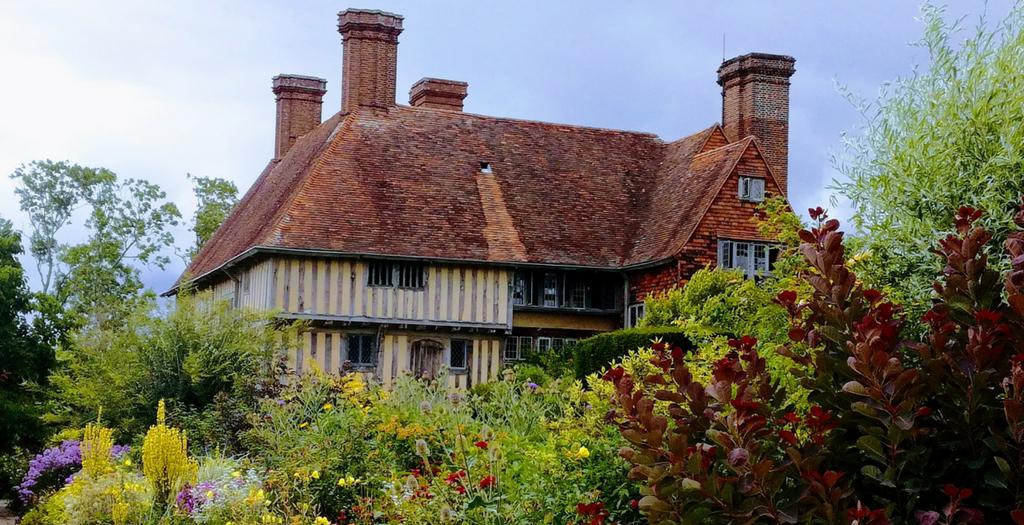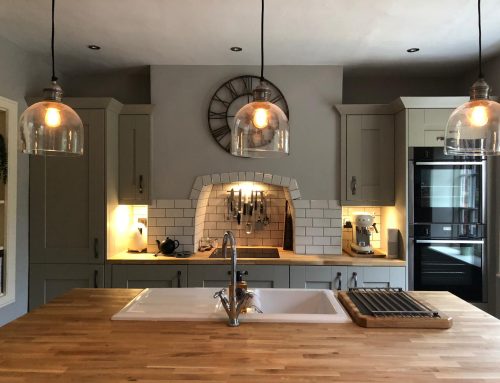[av_one_full first min_height=” vertical_alignment=” space=” row_boxshadow=” row_boxshadow_color=” row_boxshadow_width=’10’ custom_margin=” margin=’0px’ mobile_breaking=” border=” border_color=” radius=’0px’ padding=’0px’ column_boxshadow=” column_boxshadow_color=” column_boxshadow_width=’10’ background=’bg_color’ background_color=” background_gradient_color1=” background_gradient_color2=” background_gradient_direction=’vertical’ src=” background_position=’top left’ background_repeat=’no-repeat’ highlight=” highlight_size=” animation=” link=” linktarget=” link_hover=” title_attr=” alt_attr=” mobile_display=” id=” custom_class=” aria_label=” av_uid=’av-suku’]
[av_image src=’https://217.199.187.192/phihome.co.uk/wp-content/uploads/2020/08/renovating-listed-buildings-parker-home-improvements.jpg’ attachment=’1243′ attachment_size=’full’ copyright=” caption=” styling=” align=’center’ font_size=” overlay_opacity=’0.4′ overlay_color=’#000000′ overlay_text_color=’#ffffff’ animation=’no-animation’ hover=” appearance=” link=” target=” id=” custom_class=” av_element_hidden_in_editor=’0′ av_uid=’av-kd04l6f2′ admin_preview_bg=”][/av_image]
[av_hr class=’invisible’ icon_select=’yes’ icon=’ue808′ font=’entypo-fontello’ position=’center’ shadow=’no-shadow’ height=’50’ custom_border=’av-border-thin’ custom_width=’50px’ custom_margin_top=’30px’ custom_margin_bottom=’30px’ custom_border_color=” custom_icon_color=” id=” custom_class=” av_uid=’av-kd04ks2s’ admin_preview_bg=”]
[av_textblock size=” av-medium-font-size=” av-small-font-size=” av-mini-font-size=” font_color=” color=” id=” custom_class=” av_uid=’av-kby1o1aa’ admin_preview_bg=”]
Renovating Listed Buildings
[/av_textblock]
[av_hr class=’invisible’ icon_select=’yes’ icon=’ue808′ font=’entypo-fontello’ position=’center’ shadow=’no-shadow’ height=’20’ custom_border=’av-border-thin’ custom_width=’50px’ custom_margin_top=’30px’ custom_margin_bottom=’30px’ custom_border_color=” custom_icon_color=” id=” custom_class=” av_uid=’av-kby1tih3′ admin_preview_bg=”]
[av_textblock size=” av-medium-font-size=” av-small-font-size=” av-mini-font-size=” font_color=” color=” id=” custom_class=” av_uid=’av-kby1n9og’ admin_preview_bg=”]
If you’re thinking of making changes to or renovating a listed building, you’d be wise to look before you leap! Renovating listed buildings is fraught with rules and regulations, regardless of how small the proposed changes may be.
Failure to gain the correct approvals and permissions attract large fines and may even result in a prison sentence. Not exactly what most of us have in mind when we purchase a beautiful piece of historic England!
Most listed buildings were built before 1840 and over 90% are Grade II listed. Ownership of these properties carries the responsibility to preserve them in ‘close to original’ condition. As you can imagine, there is a vast array of rules as to what constitutes ‘close to original’.
If you’re the owner of a listed property, on the one hand, you have the privilege of owning a piece of our history, and on the other, you are bound by strict rules as to what you can and cannot do to your own home.
It’s a mistake to assume that it’s only the façade or exterior of a listed property that’s protected. Also included in the listed status is the entire structure and internal features.
Most people know that windows and doors cannot be simply replaced with a different style or modern materials. However, it goes far beyond that.
In fact, the change or removal of any original materials are covered by these rules and include paint, mortar, pipework and even fittings, think what’s involved when planning to add an extension to a Grade II listed property!
The good news is that it is entirely possible to make changes, improvements and additions to a Grade II listed home. The important point is to ensure that the appropriate permissions are sought and gained before starting any works.
For internal works, a listed building consent is required. For external works planning permission is also required.
Whereas with a regular property it’s entirely possible, to gain retrospective consents, without too much in the way of hassle, with listed buildings it’s a different story. Failure to gain approvals will attract serious consequences, with very few ways to avoid them. Are retrospective approvals possible? Yes, but you’re running significant risks.
For example, if it can be shown that changes were carried out as emergency repairs, or in order to preserve the integrity over the overall structure, there may be exceptions made. Generally, there is no pleading ignorance or immunity to be had. The owner, architect, or both will, as a minimum, receive a hefty fine. Beyond that, we’re talking potential for custodial sentences.
An often-overlooked aspect of owning a listed building is insurance. It’s vital that the correct insurance is in place. In the event of a disaster, the cost of replacing or rebuilding listed building is considerably more than for a standard property.
If you’re thinking of making changes to a listed building, feel free to contact Parker Home as we have extensive experience of listed property renovation and can provide you with the appropriate advice.
[/av_textblock]
[/av_one_full]







Leave A Comment
You must be logged in to post a comment.